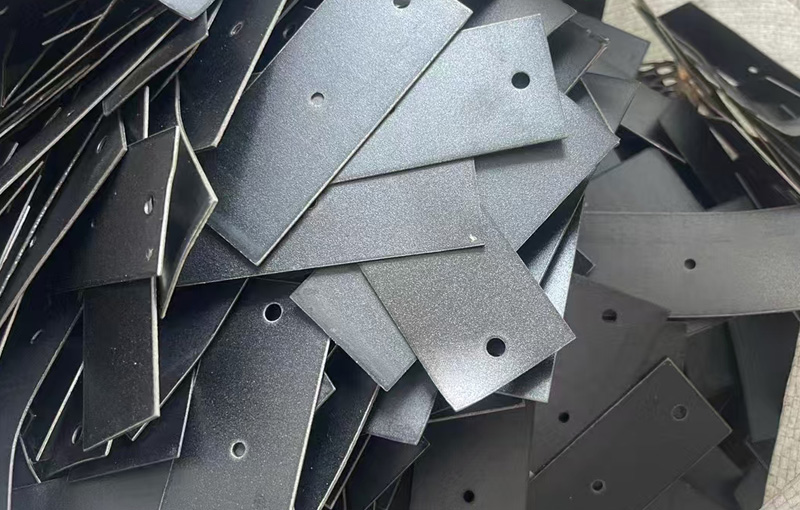
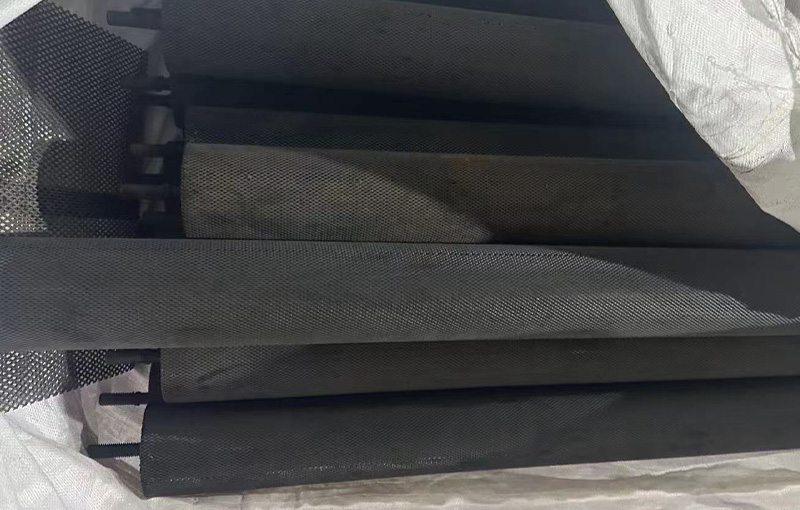

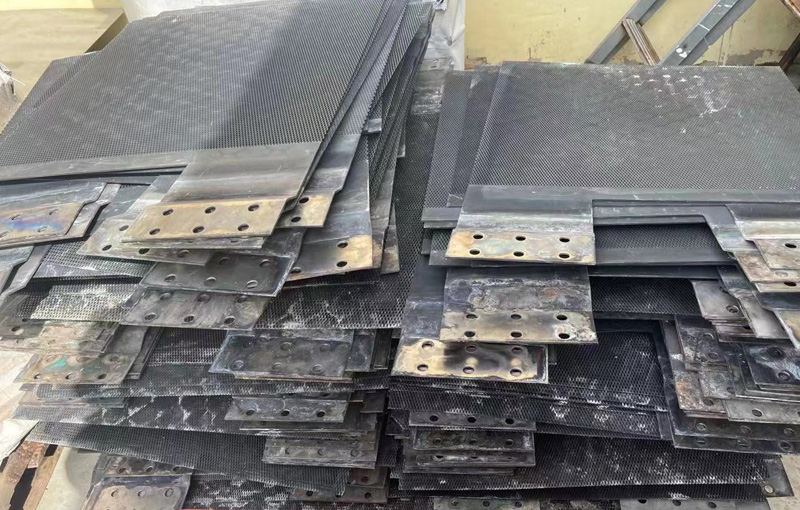
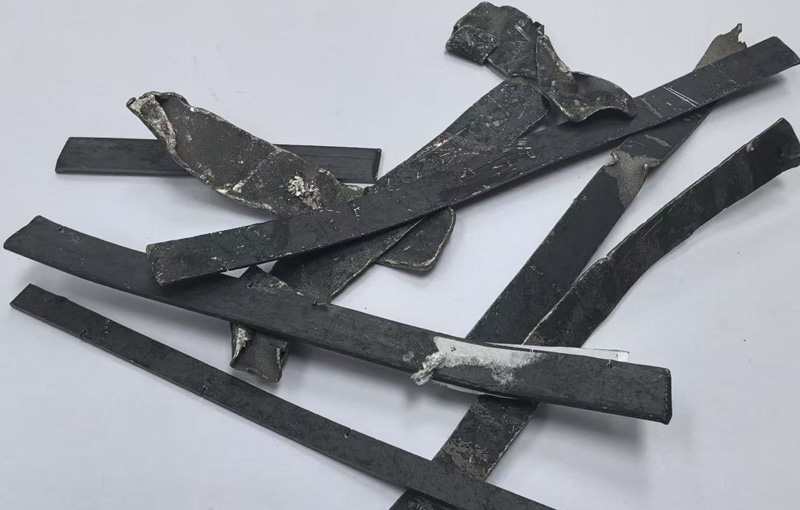


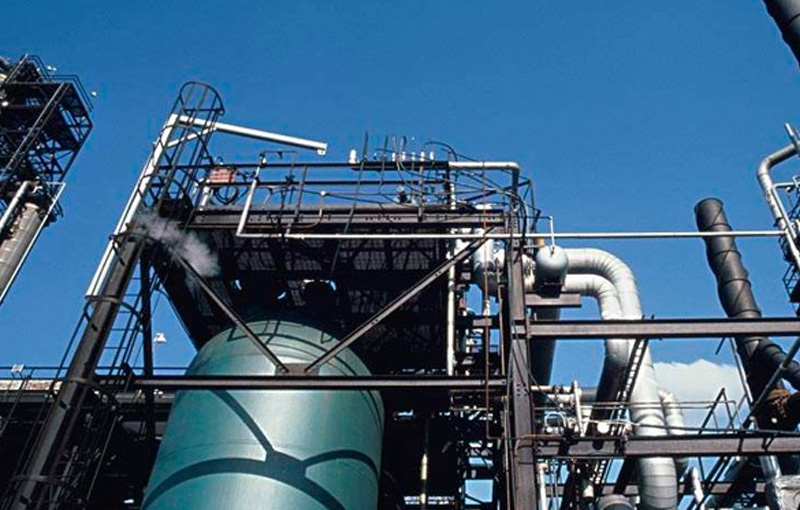
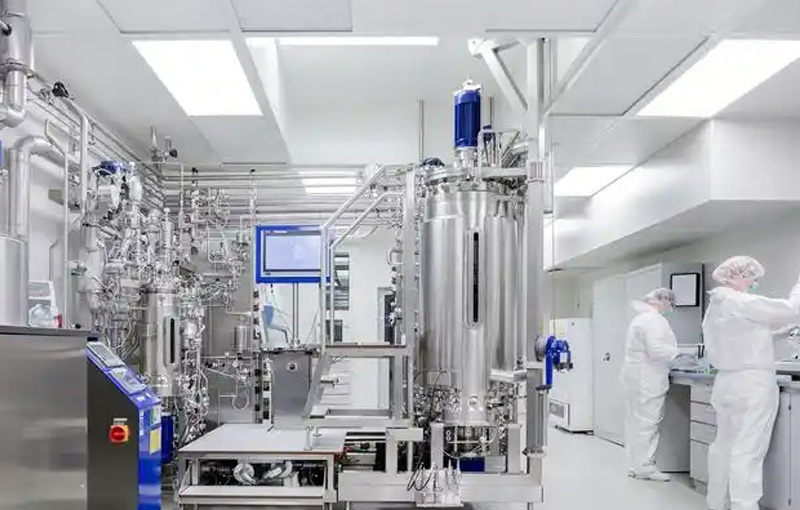
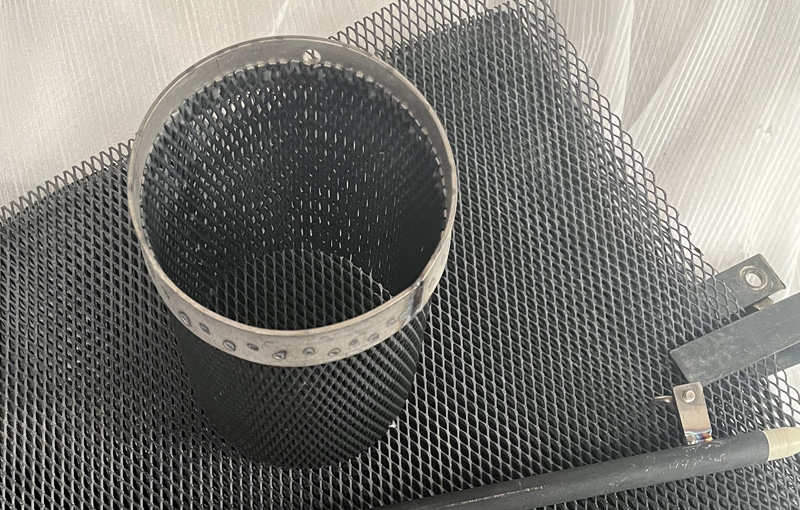
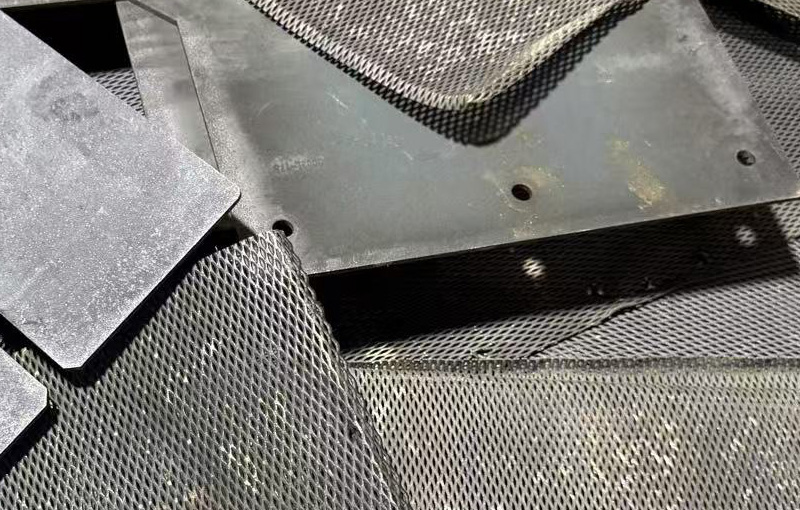
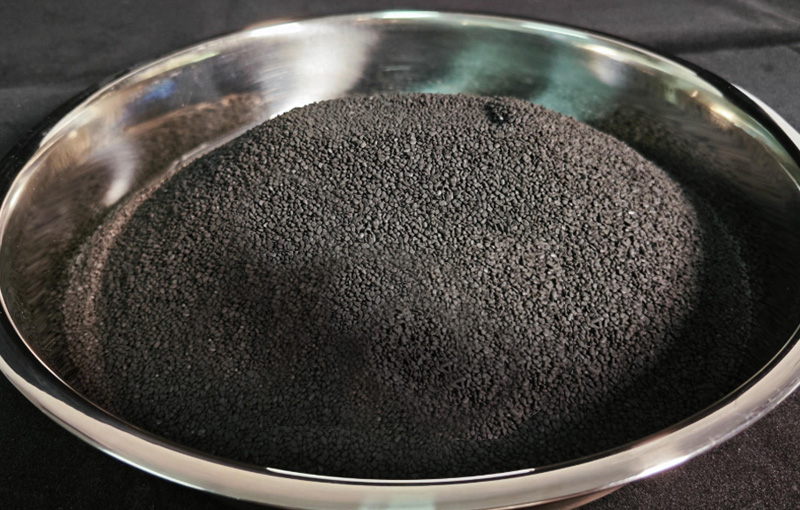
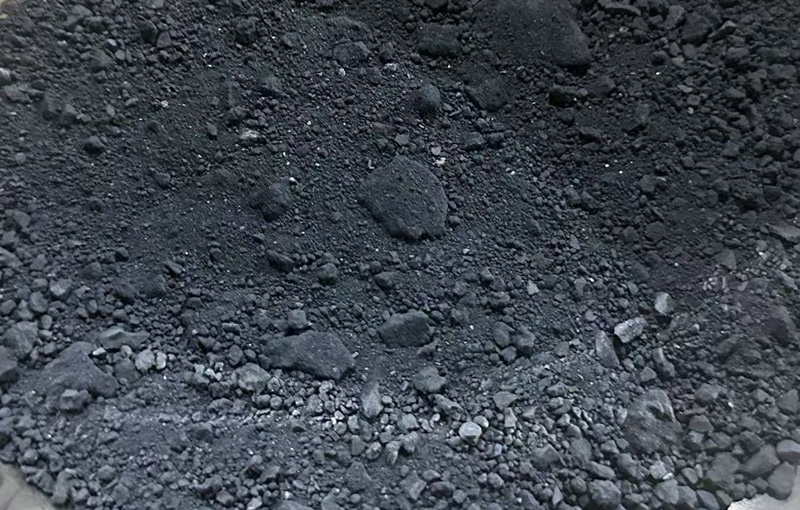

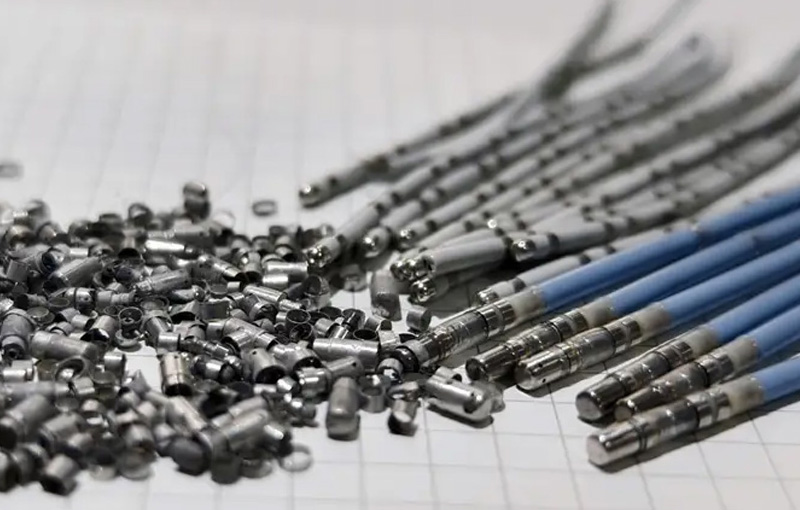
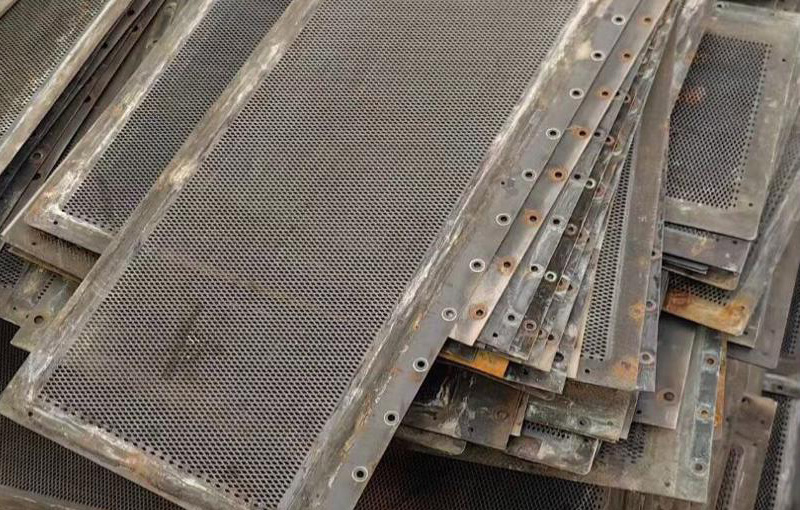
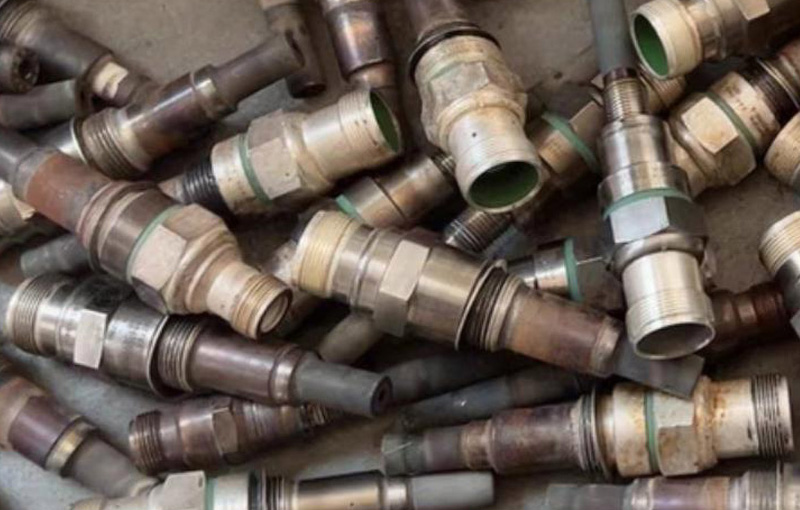
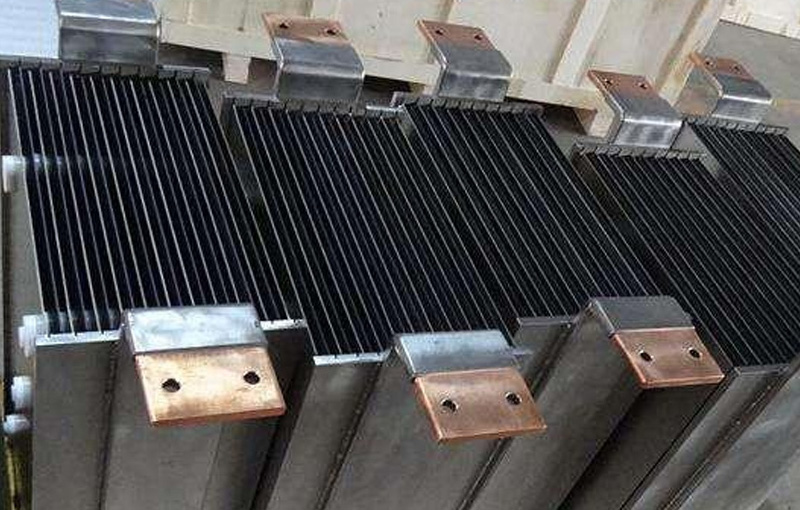



Get Inquiry
Send an inquiry and get in touch
Confirming the Transaction
Video photos, confirm transaction
Acceptance of Transportation
On site acceptance, packing and transportation
Sorting Processing
Sort materials and process them by category
Grinding and Decomposition
Physical grinding, chemical decomposition
Purification and Recovery
Purification of materials, completion of recycling
The Role of Rhodium, Ruthenium on Carbon Catalyst, Palladium and Platinum catalyst
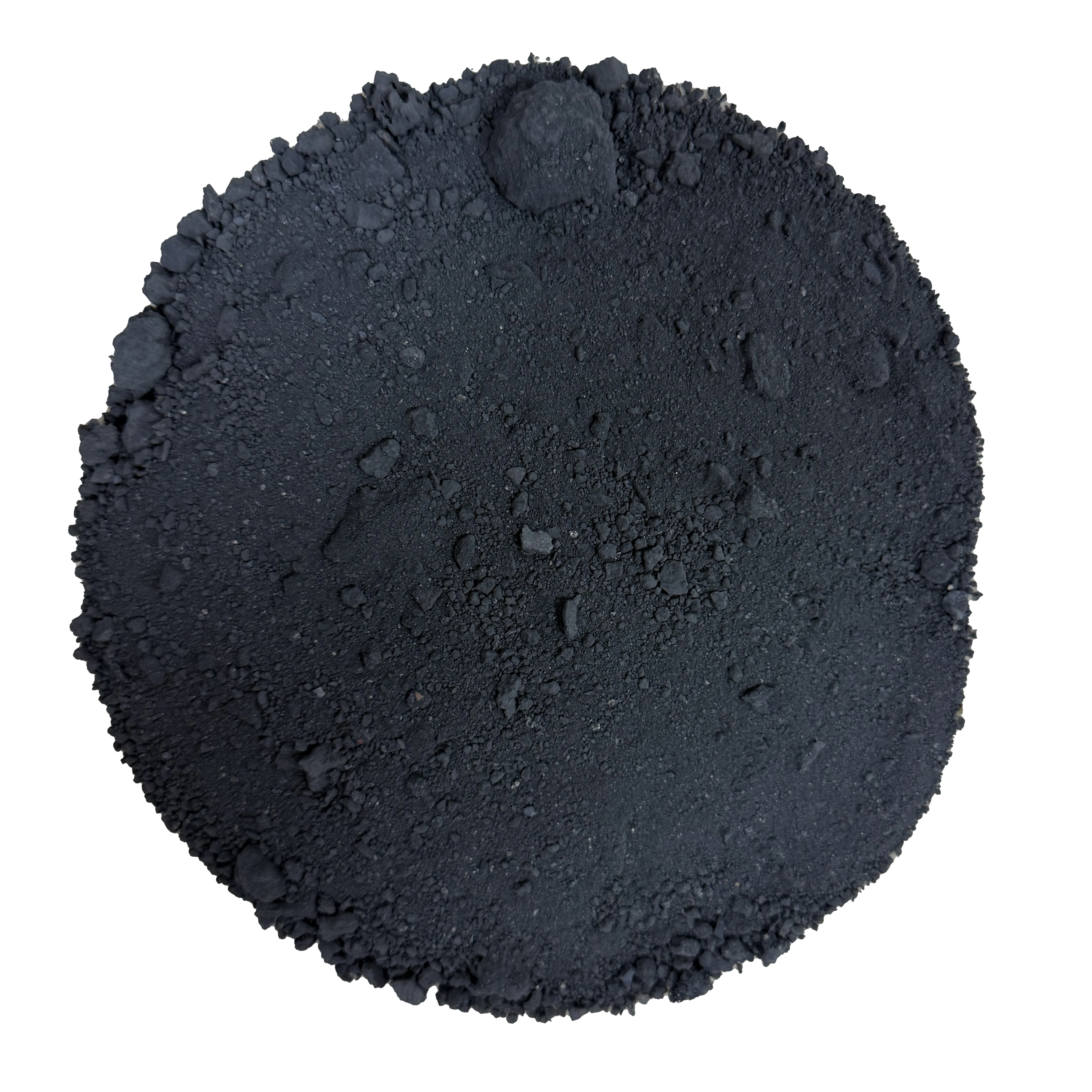
1, Palladium catalyst: Palladium catalyst is a key tool for building the carbon skeleton of drug molecules. The Pd@MOF-APBA catalyst shows very high efficiency in Heck reactions, with an average turnover number (TON) over 95,000, metal residue of only 4.8 ppm, and can be reused many times without losing activity!
2, Platinum catalyst: Platinum catalyst is used in Proton Exchange Membrane Fuel Cells (PEMFCs). A platinum catalyst on microporous carbon black treated at 1200°C (Pt/BP 2000–1200) achieved a limiting diffusion current of 3.581 mA/cm2 in fuel cells, greatly improving energy efficiency.
3, Rhodium catalyst: Rhodium catalyst is used less often in pharmaceutical factories. It is a good promoter for activating carbon-hydrogen bonds. Using rhodium catalyst, pharmaceutical factories can carry out important coupling reactions.
4, Ruthenium on carbon catalyst: Ruthenium catalyst works very well in synthesizing drug intermediates. A nitrogen-modified ordered mesoporous carbon-supported ruthenium catalyst (3wt%Ru-N/OMC) selectively hydrogenated citral to make nerol and geraniol, with selectivity >80.1%, and showed no loss in activity after 5 cycles.
1, Palladium catalyst: Steps using palladium catalyst are involved in almost all drug molecule synthesis. When producing 3 kg of a drug molecule, the cost of the palladium catalyst can be as high as 40%.
2, Platinum catalyst: Platinum on nitrogen-doped carbon nanotubes (Pt/8-NCNT) needed only 17 mV overpotential to reach a current density of 10 mA/cm2 in alkaline conditions, with stability lasting 100 hours. It is suitable for medical hydrogen production equipment.
3, Rhodium catalyst: Rhodium catalyst can build C-C bonds in catalytic dehydrogenative cross-coupling reactions. These important coupling reactions are a practical way for the medical field to get high-value organic skeletons.
4, Ruthenium on carbon catalyst: Ruthenium complexes (like ruthenium carbonyl complexes) kill tumor cells by making singlet oxygen in photodynamic therapy.
Refining precious metals from precious metal catalysts requires a professional precious metal recycling companies. Please contact DONGSHENG to give you the most competitive recycling price.